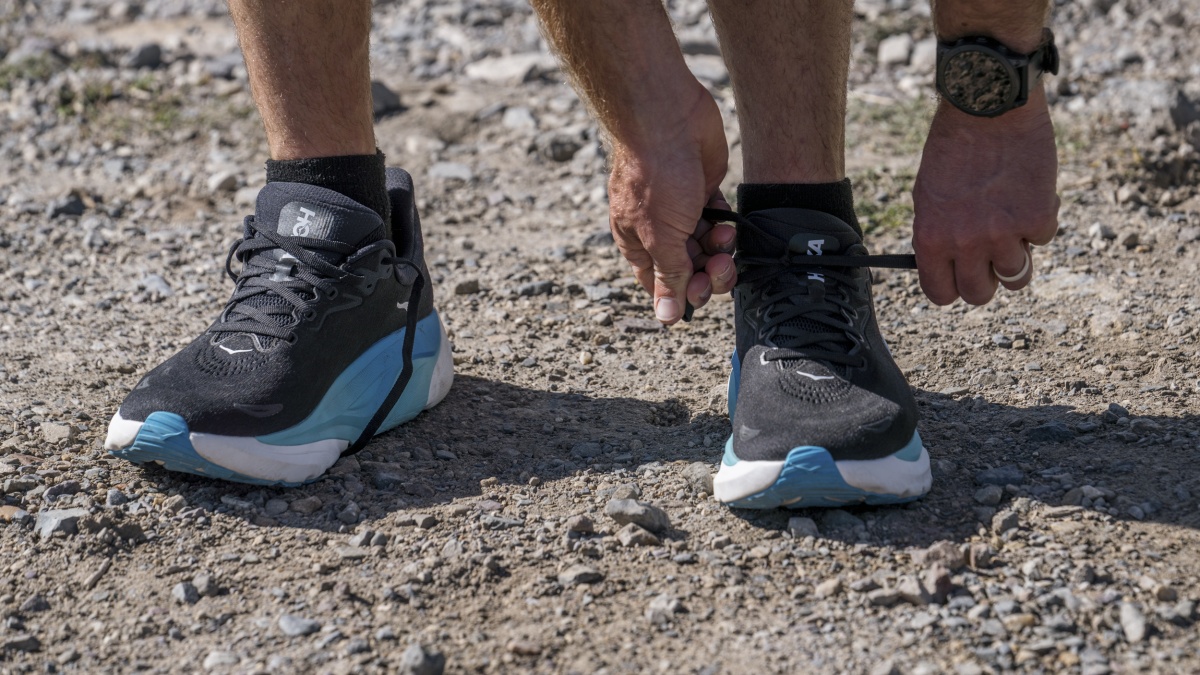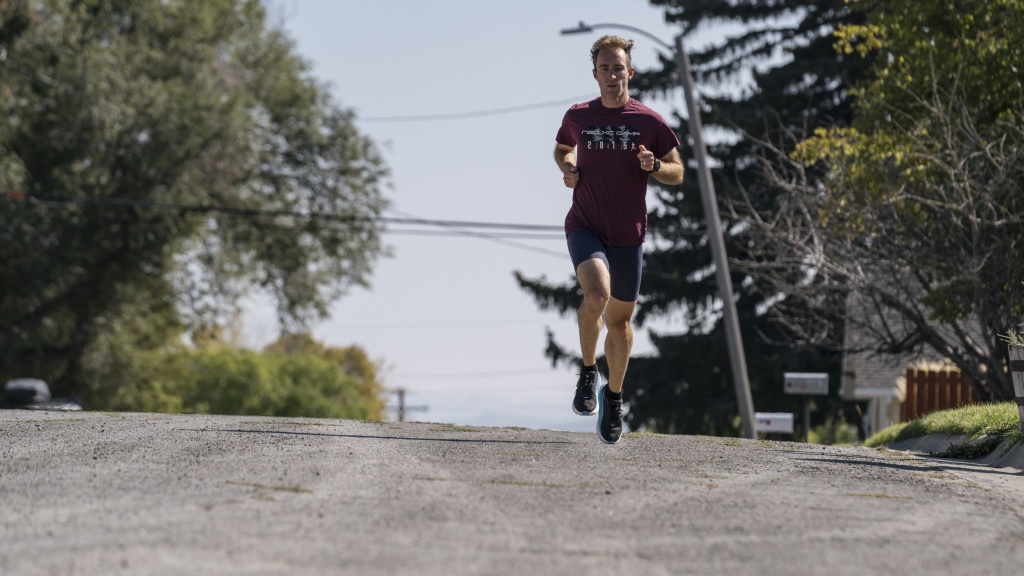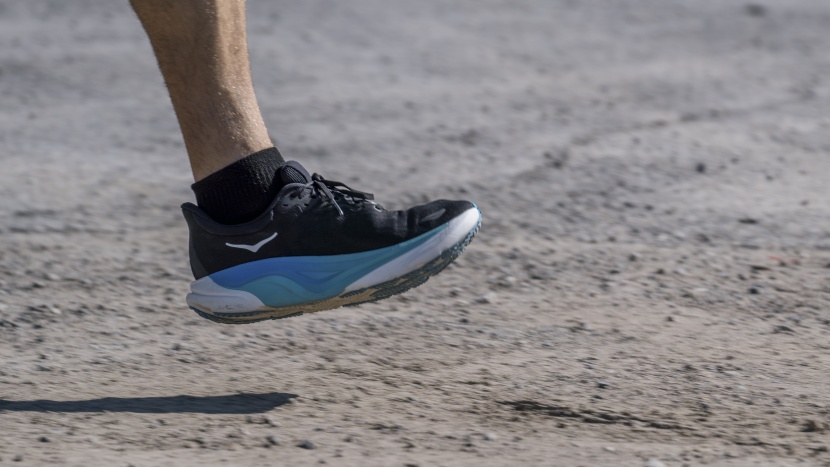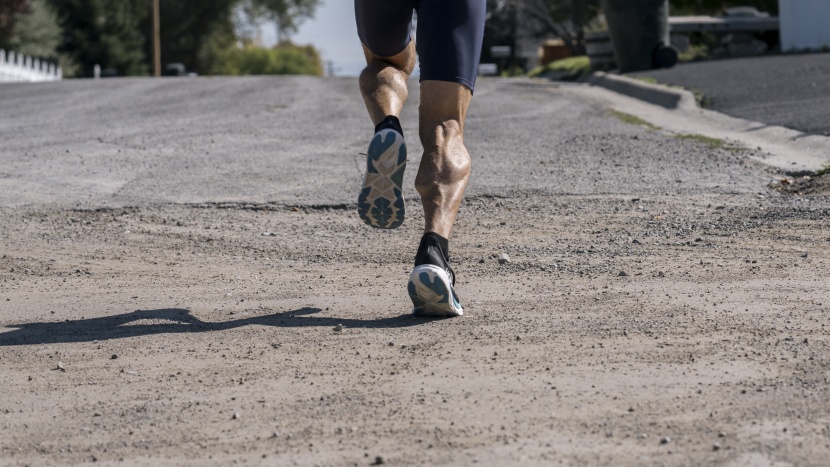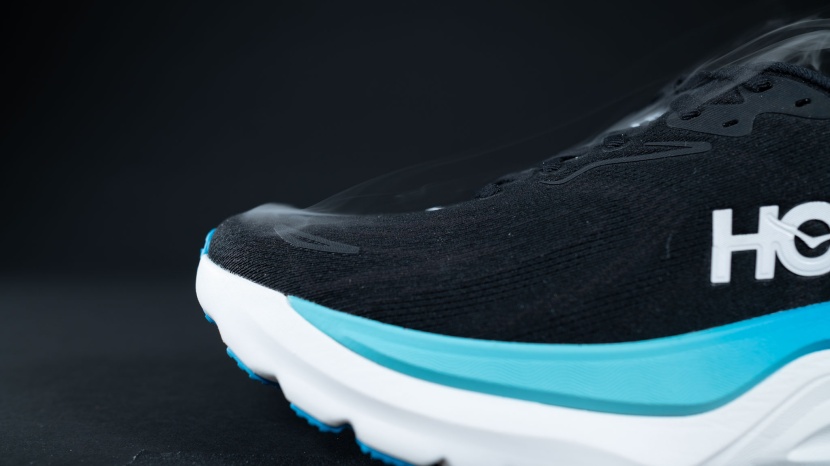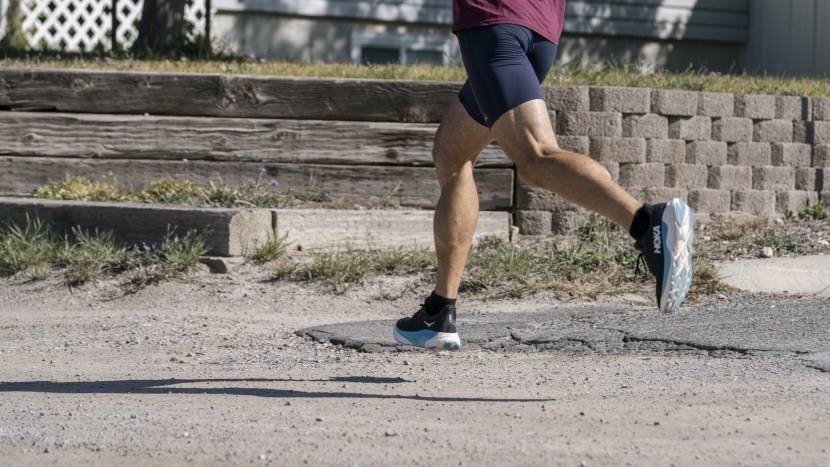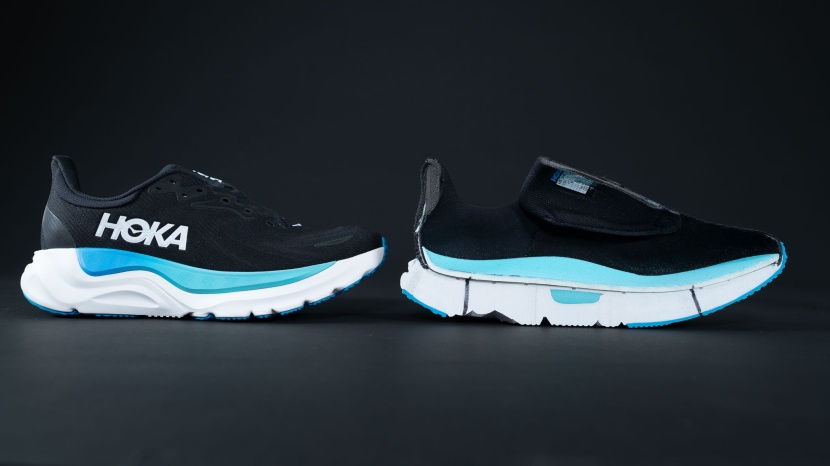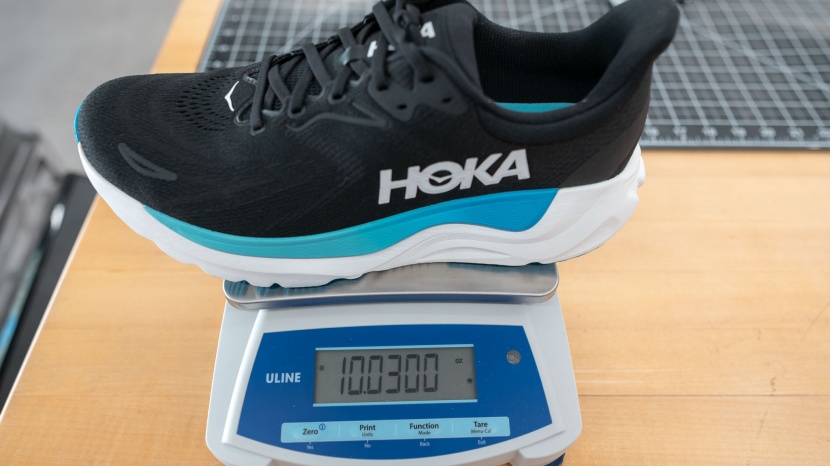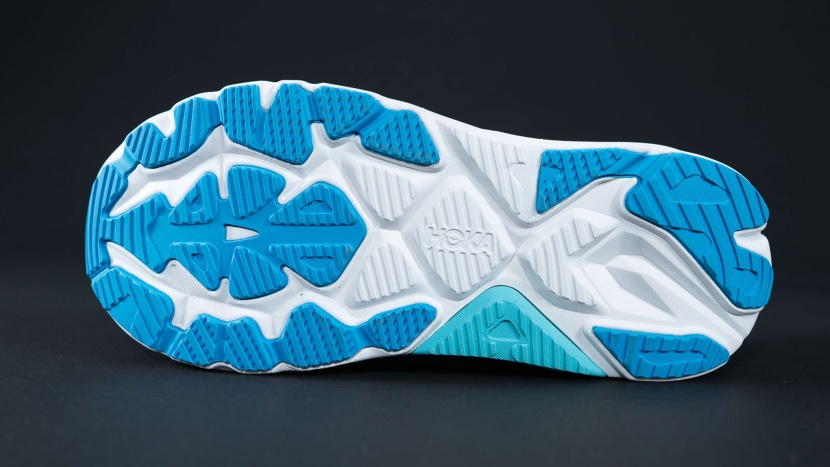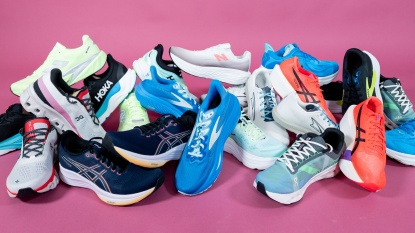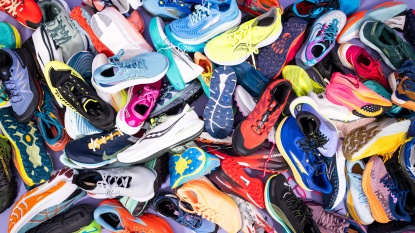
Our Verdict
Our Analysis and Test Results
Some runners may find the H-Frame dual-density midsole provides the support they are seeking without feeling uncomfortable. However, our testers caution users to try before they buy, as the fit is not for everyone.
Cushioning
The Arahi 8 uses 35 mm of EVA midsole foam to provide cushioning. We measured a 7 mm drop to the toe. The use of EVA foam feels a little outdated. While it insulates the legs and is somewhat soft, it doesn't have the compression or resilience that we expect from most modern foams, resulting in a “dead” feeling midsole, rather than one that feels smooth and energetic. It's like trying to bounce a basketball on grass rather than pavement. Some of that could be due to the H-frame's dual-density foam, which is meant to guide your footstrike. The firmer foam is noticeable, and we found it significantly impacted our comfort over the course of longer runs, particularly noting significant pressure along the inside and outside of the foot arch.
While the midsole doesn't have energetic foam, the shoe rolls smoothly thanks to the early rocker. In our lab testing, the rocker starts at 59.2% of the shoe's length, making it an early, midfoot placement rocker. That's how it feels on the road; transitions are smooth and the shoe rolls very easily from heel or midfoot through the toe.
Upper Comfort
The upper of the Arahi 8 struggles with a narrow fit common in many Hokas. However, this fit was more pronounced in the Arahi due to the pressure we felt inside and outside our arch.
The upper materials also caused a few issues. They caused irritation along the back of the heel and Achilles, which was remedied by wearing taller socks. The materials also did not breathe well, and the double-layer jacquard kept our feet warmer than we'd like.
Stability
As a stability shoe, the Arahi 8 provides good support and guidance. For runners with narrower feet, the guidance will likely be less intrusive than our testers found.
The Arahi's medial support is good, making this a good choice for runners who struggle with pronation-related injuries. Laterally, it is also solid, maintaining a good contact patch and a relatively wide platform. We had no issues running on uneven or broken terrain.
Weight
The Arahi 8 manages to feel nimble and light on the foot, even though it weighs 10.03 ounces in a US M 10.5. While that isn't particularly light, the shoe has a good balance and doesn't feel as heavy as it is.
Traction
The Arahi 8 did not perform well on cold and wet asphalt, where it tended to slip when we pushed off, becoming more noticeable at faster paces. Outside of that experience, we had no issues with traction.
Should You Buy the Hoka Arahi 8?
If you know that Hoka's shoes fit you well (you have narrower feet, particularly through the midfoot) and want stability shoes, then the Arahi may be a good choice. However, due to the intrusive support system and the rubbing at the heel collar, we think there are better choices for most runners.
What Other Running Shoes Should You Consider?
If you want a cushioned stability shoe, our first choice is the Asics Gel-Kayano 32, which offers a smooth and more cushioned landing experience and a less intrusive stability system. It also has a more average fit. If you want a stability shoe that can pick up the pace, check out the Saucony Tempus 2. Finally, we like the Hoka Clifton 10 better if you want a pair of Hoka shoes. This shoe comes in wide sizes and has better performance overall, though it is a little heavier, with a higher foam stack and a steeper drop from heel to toe.


